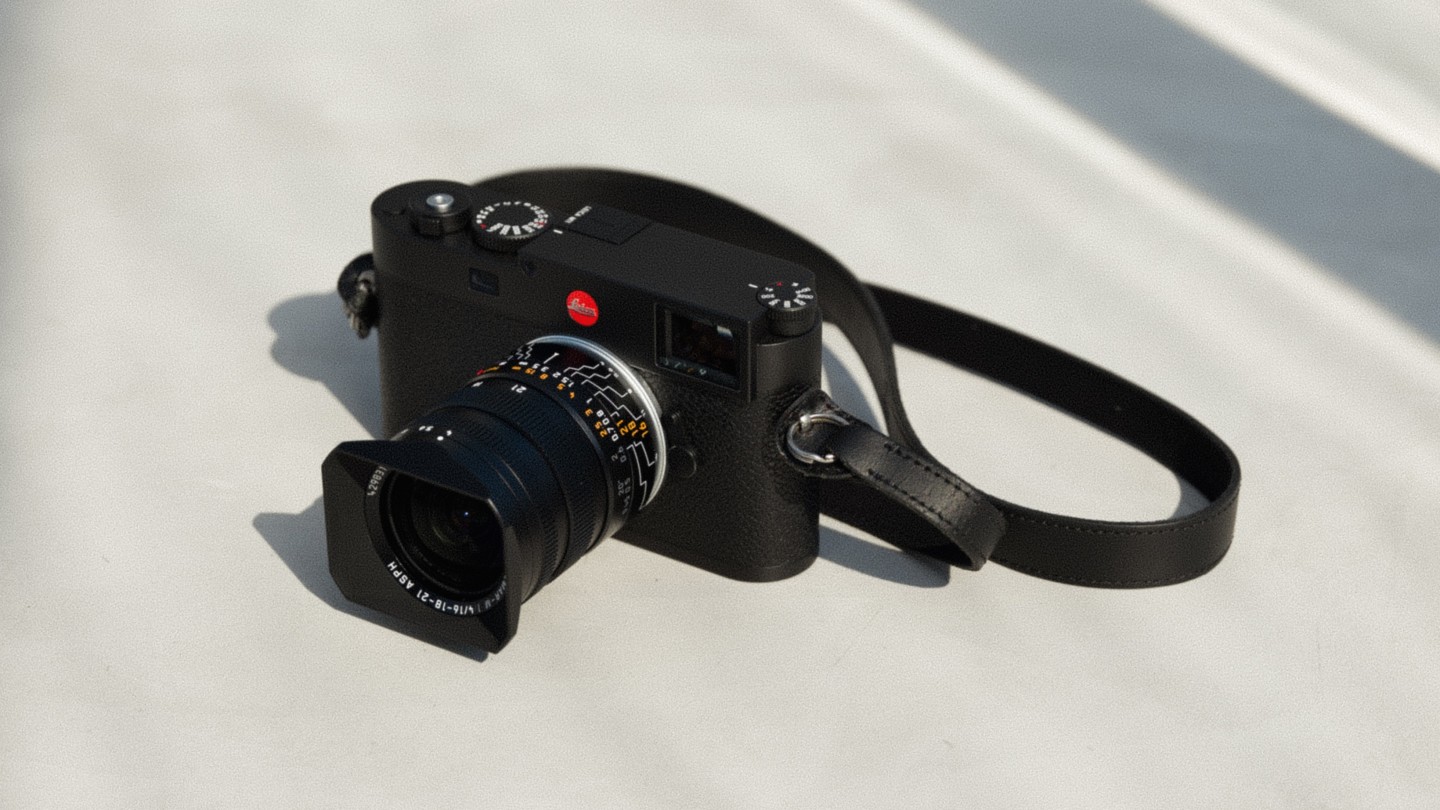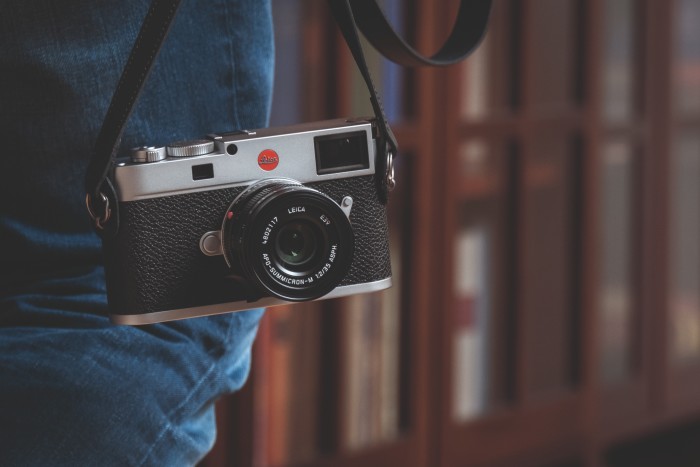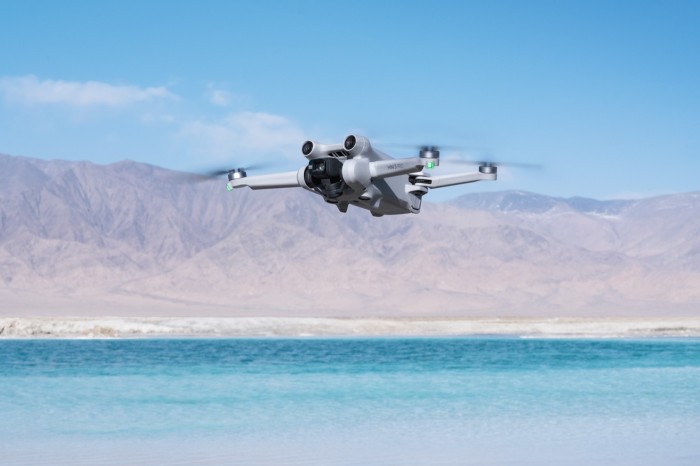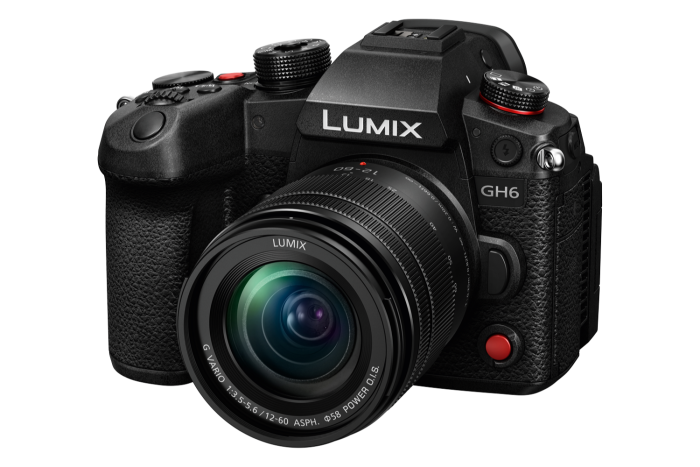The best new cameras for summer 2022

Roula Khalaf, Editor of the FT, selects her favourite stories in this weekly newsletter.
View to a thrill
As you bring your eye up to the camera’s classic view-finding window, you might fancy yourself a modern-day Henri Cartier-Bresson, Fred Herzog or one of the other legendary street photographers who armed themselves with a Leica M camera. The M11, the latest digital model in the German maestro’s rangefinder series, is a mix of old-school and newfangled.
It’s blessed with much the same build as its predecessors – including the original M3, which James Bond wields in Goldfinger – and coated in Leica’s durable leatherette finish resembling a wrinkled elephant hide. It’s lovely to hold thanks to details such as a groove for your thumb that fits just so, and comes in all black or silver and black.

You have to admire the M11’s refusal to bend to modern tastes. There’s no autofocus or video. For those who haven’t used a Leica before, its range-finding system – a rare throwback among today’s cameras – takes some getting used to. You peer through a window, not into a screen, and adjust the focus manually. This, devotees insist, brings greater intimacy between snapper and subject – and sharper pictures.
Yet these nostalgic elements are jazzed up with a state-of-the-art 60MP sensor to rival the best out there: a remarkably powerful engine for such a compact camera. Not everyone will need images quite so sharp but, handily, you can swap between 60MP, 36MP and 18MP (as well as between mechanical or silent electronic shutters). It excels in poorly lit settings and its images have that magical textured quality for which Leica is famous.
Other improvements: unlike previous M models, which had an attractive base plate that needed unscrewing to access the battery, this has a simple push-out battery, which is also beefier: it lasts 64 per cent longer than its immediate predecessor (it should go for at least a couple of weeks before it runs out). Without losing the charm and physicality of its operating system, Leica has catapulted a beloved design into 2022. Leica M11 £7,500, store.leica-camera.com
Instant appeal

Lately I’ve begun to think that the only camera you need at a party is an instant one that brings a sense of fanfare – and gives you some grainy snaps to take home. Unlike the bright plasticky models on the market, the sturdy Instax Mini Evo has rakish ’70s looks. It’s a clever hybrid model that brings digital features to the instant format. It has a 28mm lens, a “selfie” function and about 100 settings (including adjustments to exposure and filter). Best of all, a screen lets you view the shot you’ve just taken before choosing whether to print it. That means fewer wasted portraits of blinking eyes and not-ready-yet faces. And you can use it to print your smartphone photos, via an app. Instax Mini Evo, £174.99, instax.co.uk
Action packed

A slick new action camera has thrown itself onto the market. The latest from Chinese brand Insta360 is a modular camera that offers a range of lenses – 4K; a one-inch produced with Leica; and a 360-degree – that can be swapped out. It’s smoother to use than its predecessor with built-in image stabilisation that can make your hand look steady on the hairiest moguls or roughest waves, plus a meatier battery. (With a dive case, it’s waterproof to 60m.) To make the most of its USP over rivals like GoPro, get the 360-degree lens. You won’t miss any of the action happening around you – and a neat AI-driven editing function will help you piece together the highlights. Insta360 One RS, from $299.99, insta360.com
A damselfly of a drone

Fancy a drone that’s lighter than a block of butter? The latest flying camera from DJI packs beast-like features into a 249g package. That number matters: in the UK and other places, drones under 250g can be flown near people provided they are registered. (A caveat: its standard battery will last 34 minutes; if you want longer stamina, a bigger battery will take it over 250g.) The palm-sized device’s collision sensors and image-taking abilities are a step up from previous models: its camera can shoot 4K video or 48MP photos. Its wings fold neatly like a damselfly, for stashing in a coat pocket. Opt for the package that includes DJI’s new LCD-screen remote control. DJI Mini 3 Pro, from £709, dji.com
Screen legend

A silky all-rounder that’s great for photos and brilliant for video, the new Panasonic Lumix GH6 is as versatile as it is decently priced. Launched five years after the much-loved GH5, this mirrorless camera is relatively light and compact and is built around a beefy 25MP sensor. It has a sharp screen, excellent image stabilisation and autofocus that shines in stills shooting. Most folks, though, will come for its amped-up video capabilities. It brings a jump in frame rates and enough options to tire even the keenest of shutterbugs, with modes for full HD, 4K, 5.7K and Apple ProRes (the only thing it doesn’t offer in-camera raw video recording, which some photographers may miss). Panasonic Lumix GH6, £1,999.99, panasonic.com
Comments